Content Management System
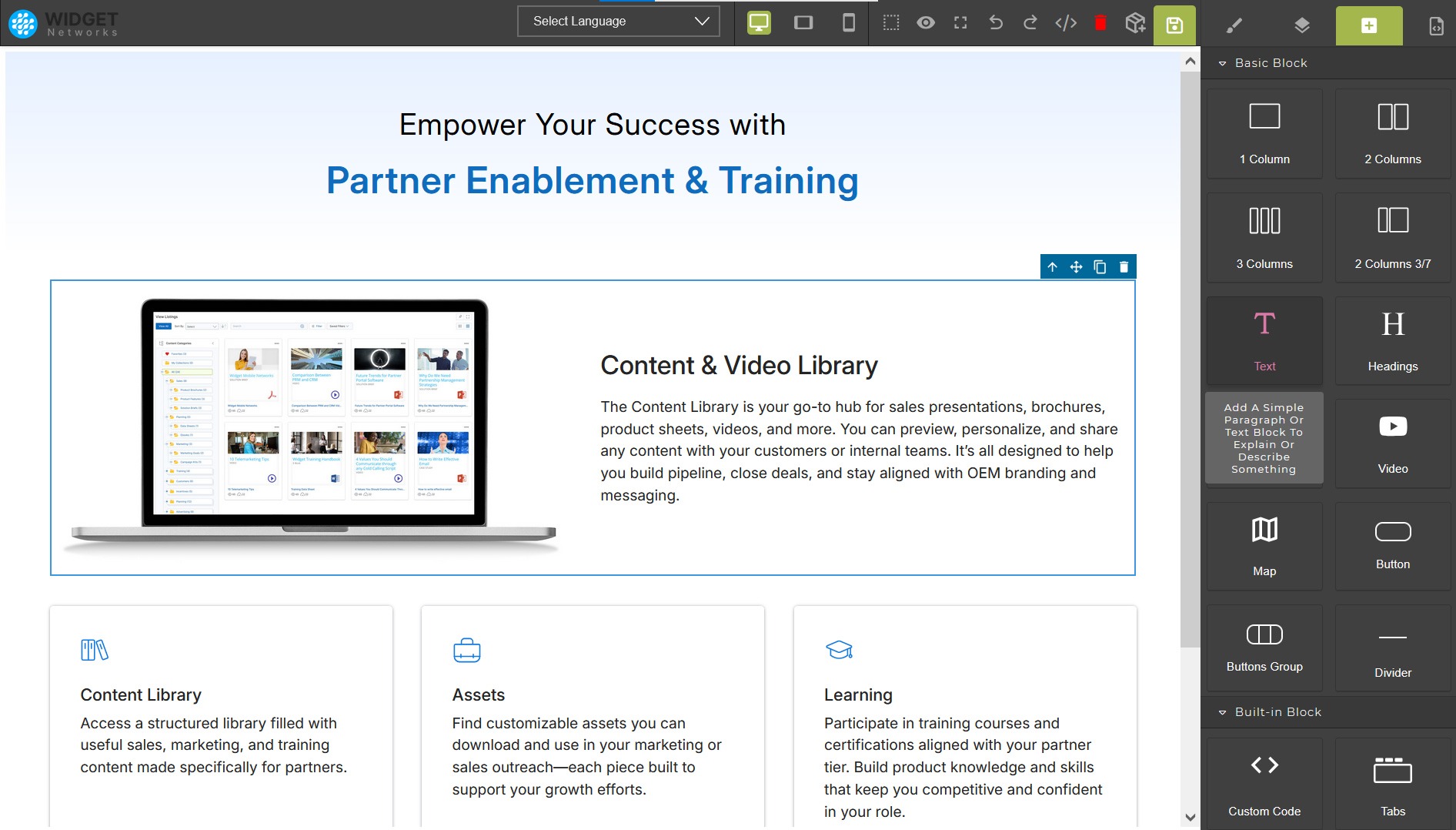
Effortless Content Creation with Drag-and-Drop
The CMS provides an intuitive drag-and-drop editor that makes it easy to create and manage web pages without any coding knowledge.
- You can design and build complex web pages by simply dragging and dropping components like images, text blocks, and dynamic forms into place.
- The platform’s Live Edit functionality allows you to make real-time changes directly on the page, providing instant feedback as you work.
- The integrated WYSIWYG (What You See Is What You Get) editor simplifies content formatting and design, enabling you to create professional-looking pages easily.
This streamlined approach empowers you to create engaging content quickly, reducing the time and resources needed for web development.
Dynamic and Localized Content Delivery
The CMS allows you to deliver dynamic, localized content that is tailored to a user’s specific country and language settings.
- The platform supports a multi-country and multi-language framework, allowing you to manage a single site that serves a global audience.
- Content can be assigned to specific countries and translated into various languages, ensuring a relevant and personalized experience for each user.
- You can easily manage and update translations for your content and even configure language-specific cookie consent messages.
This feature helps you maintain a consistent brand message while adapting to local market needs and preferences.
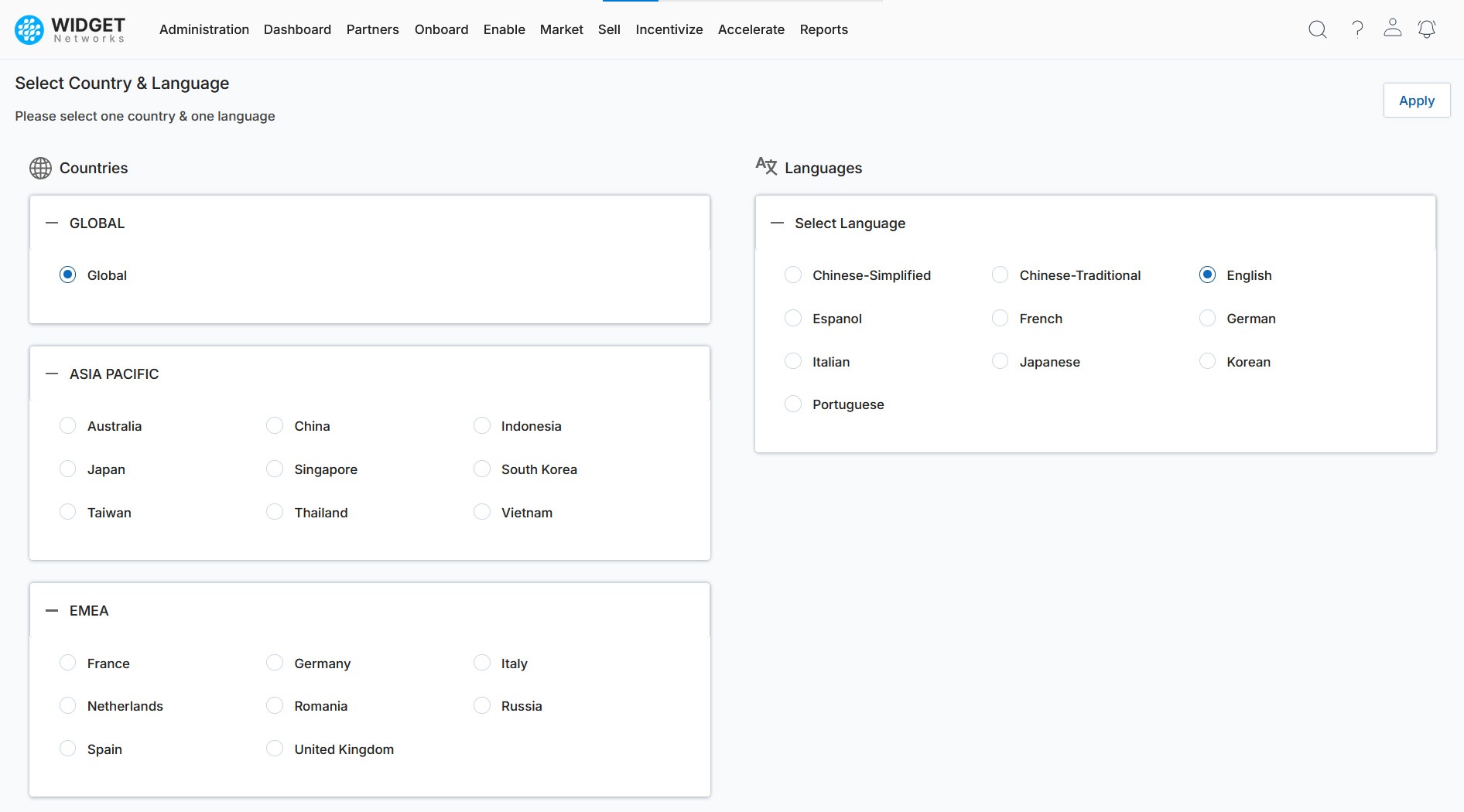
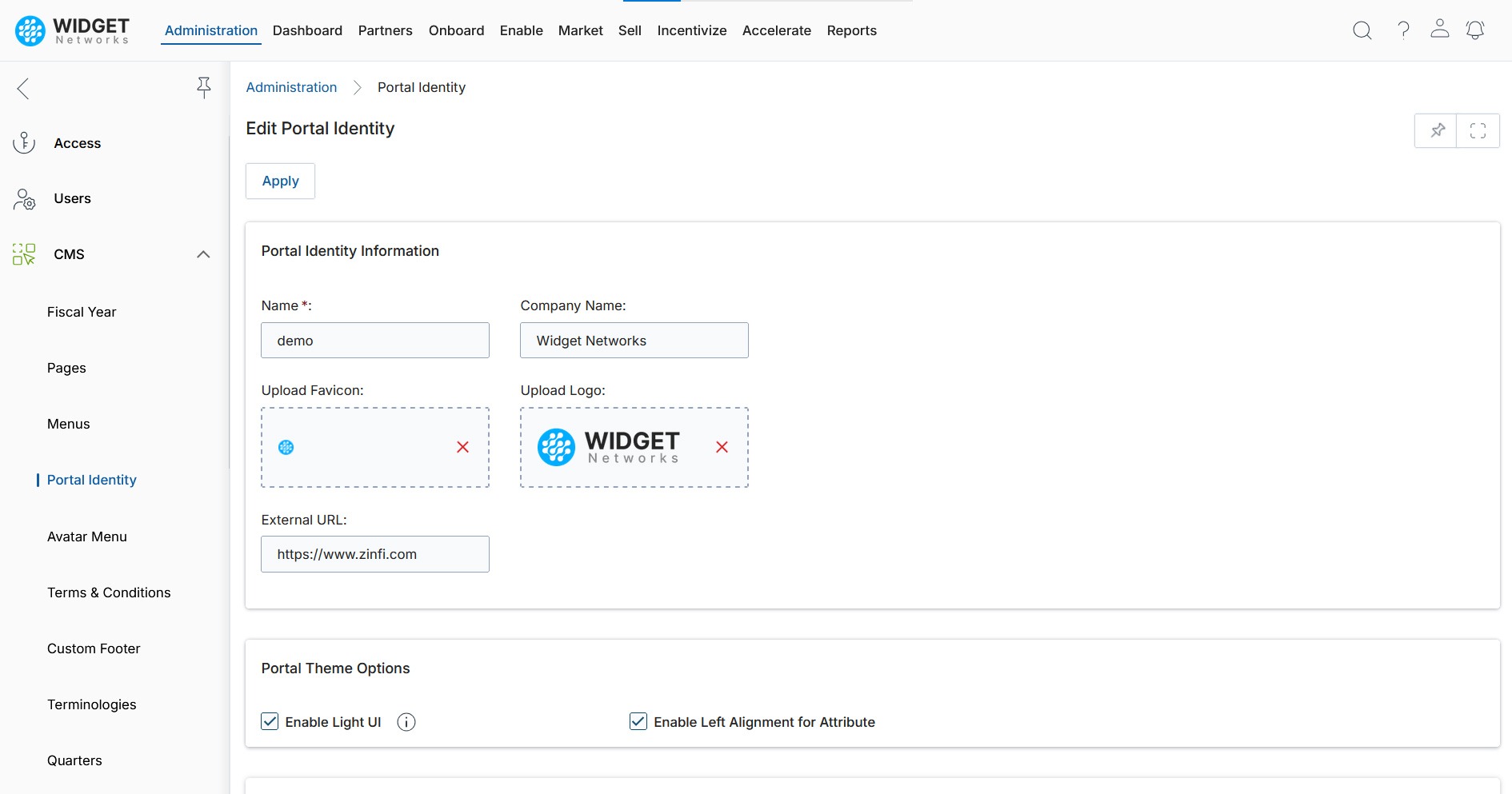
Portal Identity and Theme Management
Customize your portal’s identity and theme to create a cohesive brand experience.
- The platform allows you to manage the Portal Identity, including updating the favicon and the logo that appears on the login screen.
- Theme Management provides the flexibility to update the UI/UX package and the color profiles of your portal’s header, footer, and sidebar elements.
- You can also use a Style Editor to customize fonts, colors, and other design elements, ensuring a consistent brand experience across all pages.
These tools give you complete control over the visual identity of your portal, allowing you to align it with your brand guidelines.
Page and Multilingual Content Management
Manage web pages and their content with advanced tools for version control, archiving, and multilingual support.
- You can create and manage web pages and easily restore them from an archive, ensuring you always have a backup.
- The platform provides support for a multilingual framework, allowing you to create and manage content in different languages.
- Terminology for multilingual content management includes currencies, and quarters, such as FY25Q1 (Financial Year 2025, Quarter 1) which can be updated to be displayed in a localized format.
This functionality simplifies the process of delivering consistent, up-to-date, and relevant content to your global partners.
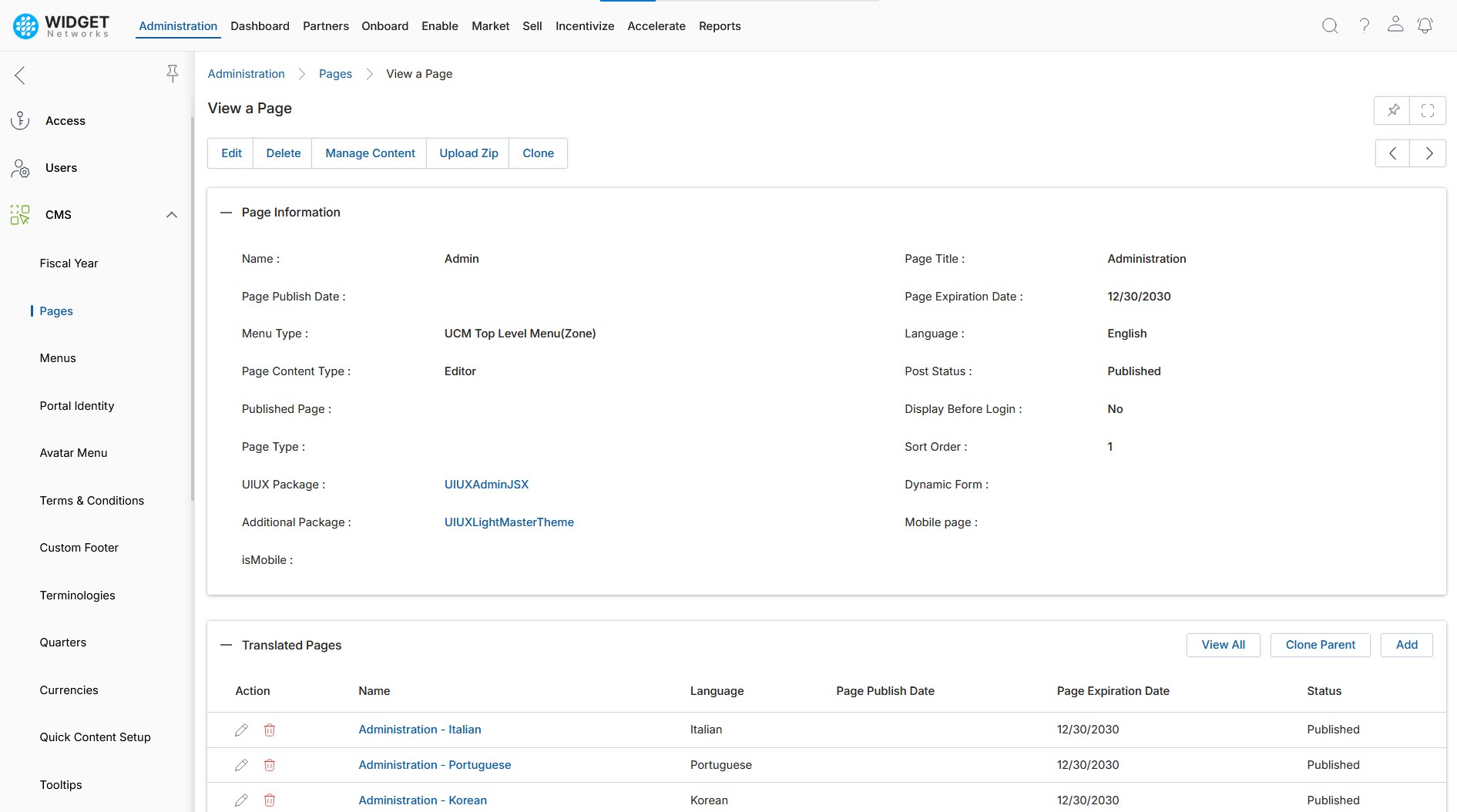
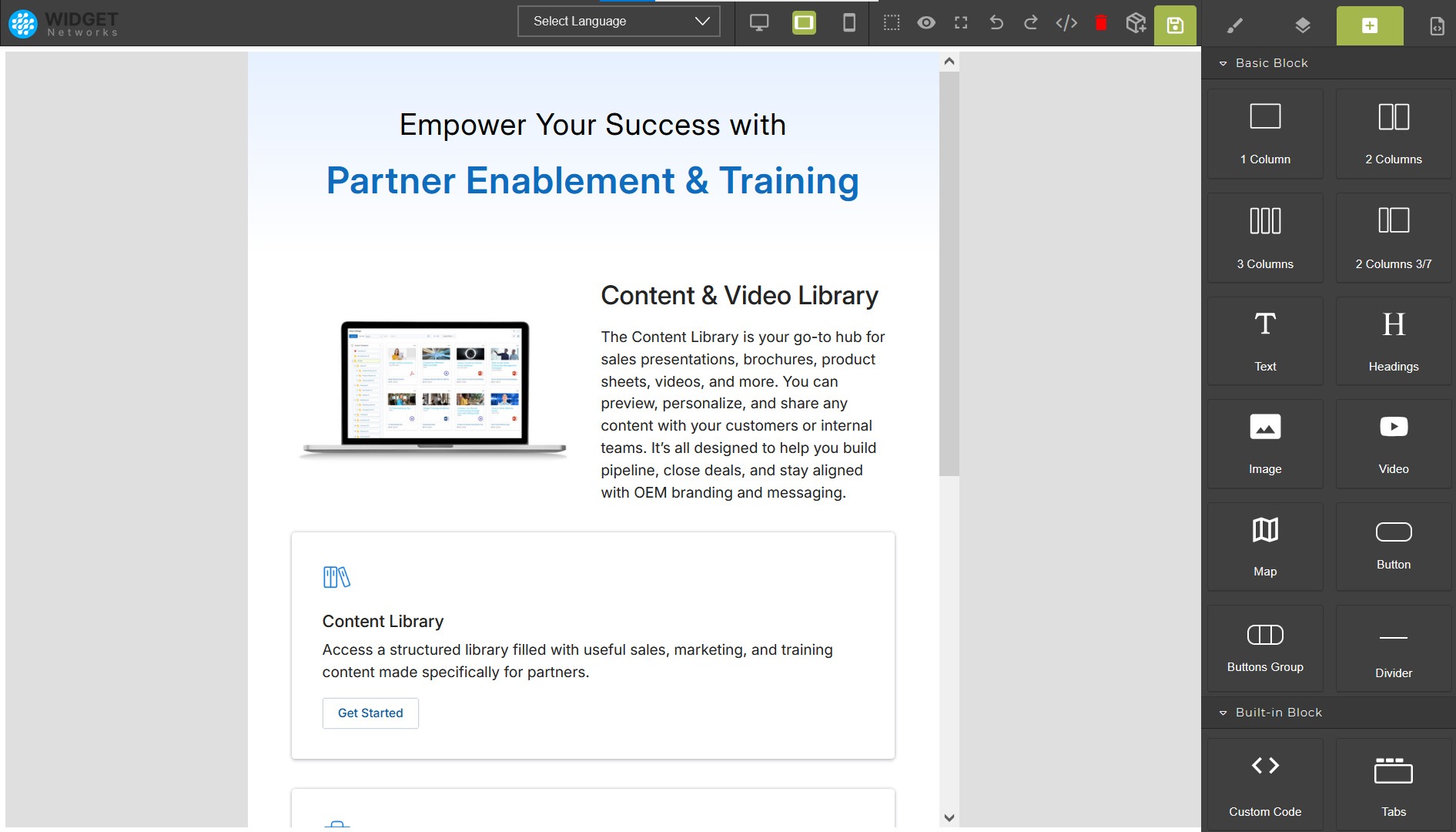
Flexible Template and Layout Design
The CMS provides a flexible framework for designing templates and layouts, enabling you to create a consistent and professional look across your entire site.
- You can define a variety of page layouts and templates, which can be easily applied to new or existing pages.
- The platform’s support for Bootstrap ensures that all templates and layouts are fully responsive and mobile-friendly.
- The CMS Editor allows you to configure different UI themes and color profiles, enabling you to customize the look and feel of your portal to align with your brand.
This flexibility helps you create a professional and consistent user experience for all your partners.
Robust Administrative Control
The CMS provides administrators with a comprehensive set of tools for managing content, user permissions, and site settings.
- You can manage user access to specific pages and content blocks, ensuring that partners only see information relevant to their role or tier.
- The platform provides a dedicated dashboard for managing archived pages, allowing you to easily restore or permanently delete old content.
- A new feature allows you to control a page’s search engine indexing, helping you optimize your content for discovery.
This administrative control ensures a secure and well-managed platform, enabling you to deliver high-quality content to your partners with confidence.
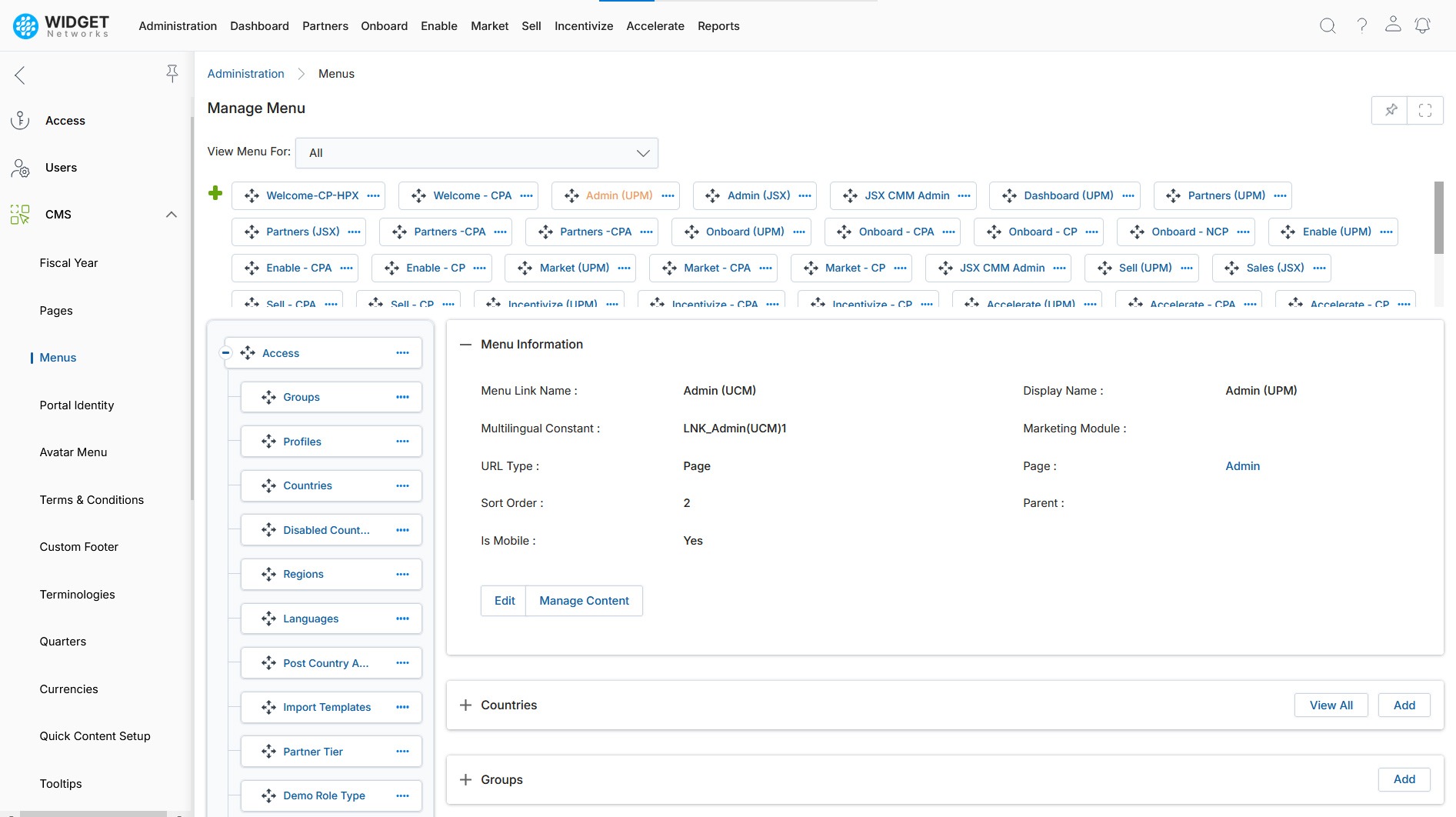
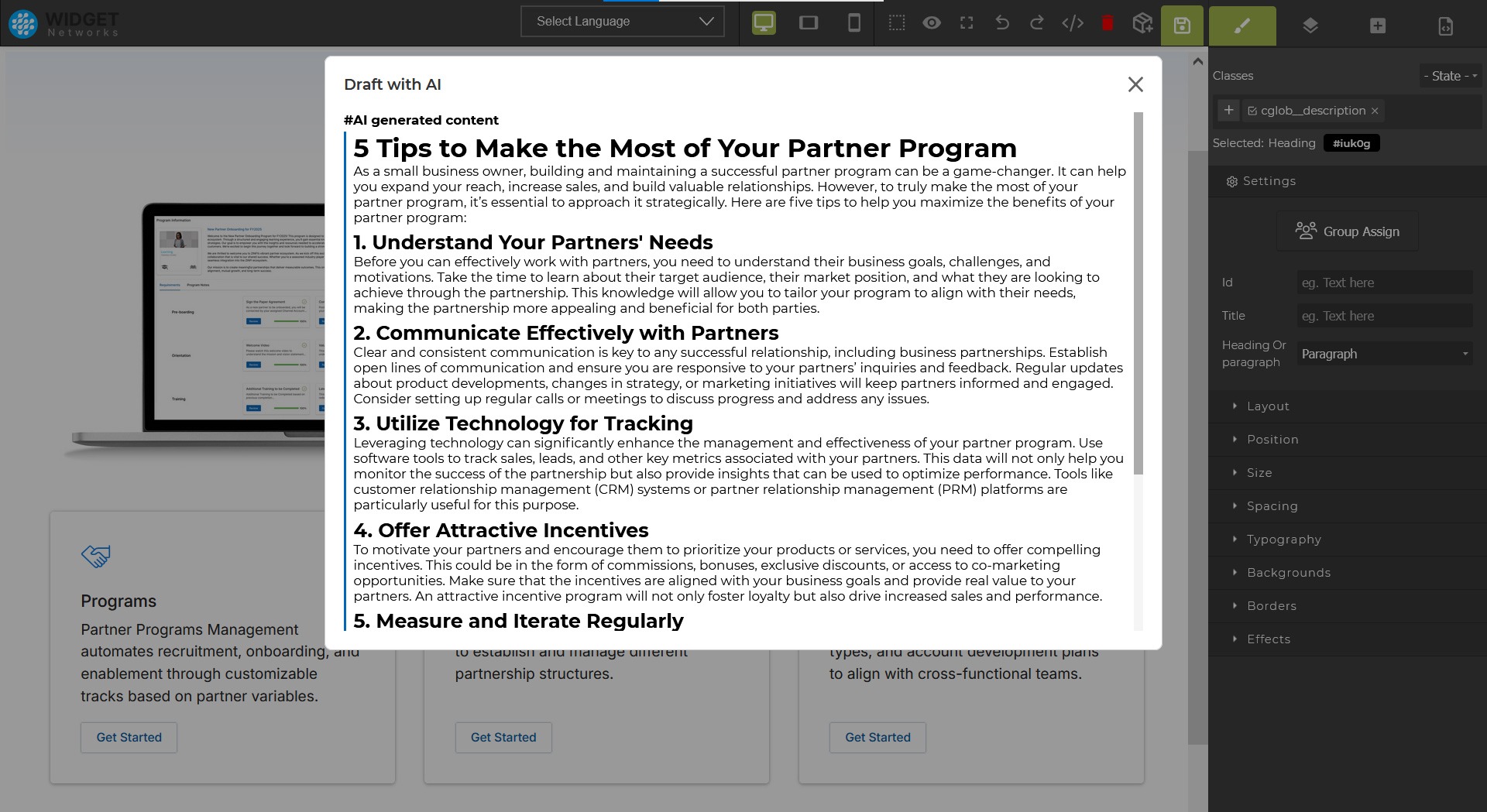
AI-Powered Content Generation
The ZINFI CMS is integrated with AI capabilities to simplify and accelerate the content creation process.
- The platform includes an AI-embedded Text Content Generator within the WYSIWYG editor.
- This feature can be used to generate text content for emails, alerts, and other marketing materials.
- Reduces the time and effort required for copywriting.
This AI functionality helps you produce high-quality content more efficiently, ensuring your marketing materials are always fresh and engaging.













